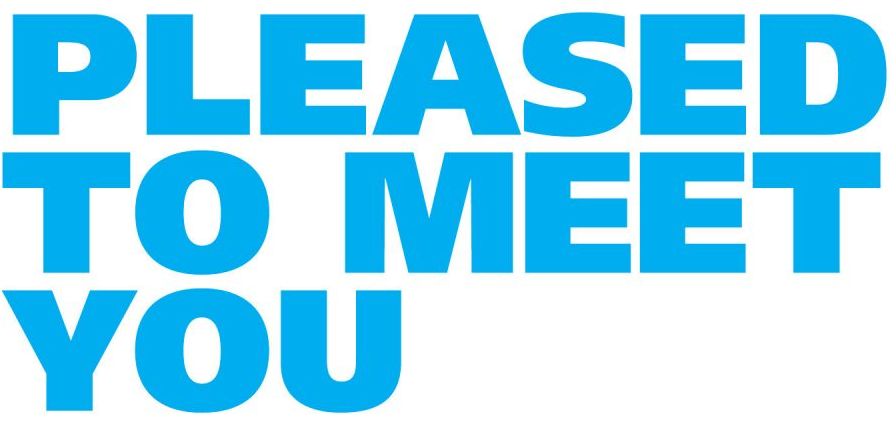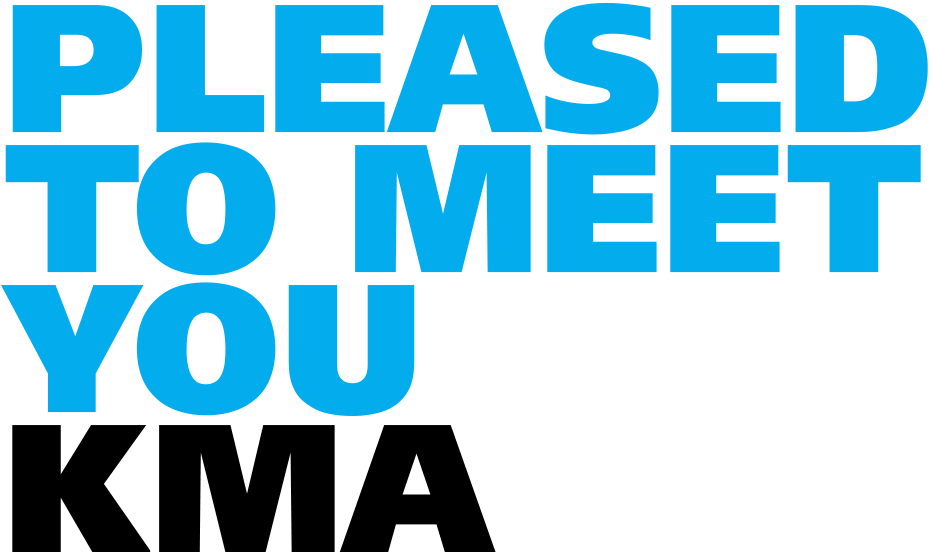About The KMA
Kamloops Archives Photo #6333 – Overlander Bridge
The Kamloops Museum and Archives operates as part of the City of Kamloops, on Tk̓emlúps te Secwe̓pemc territory within the traditional and unceded lands of Secwépemc Nation, Secwepemcúl’ecw.
-
Museum Hours
Tuesday - Saturday: 9:30am - 4:30pm
Sunday & Monday: Closed -
Archive Hours
Tuesday - Friday: 1:15pm - 4:00pm
Saturday: By Appointment
Sunday & Monday: Closed
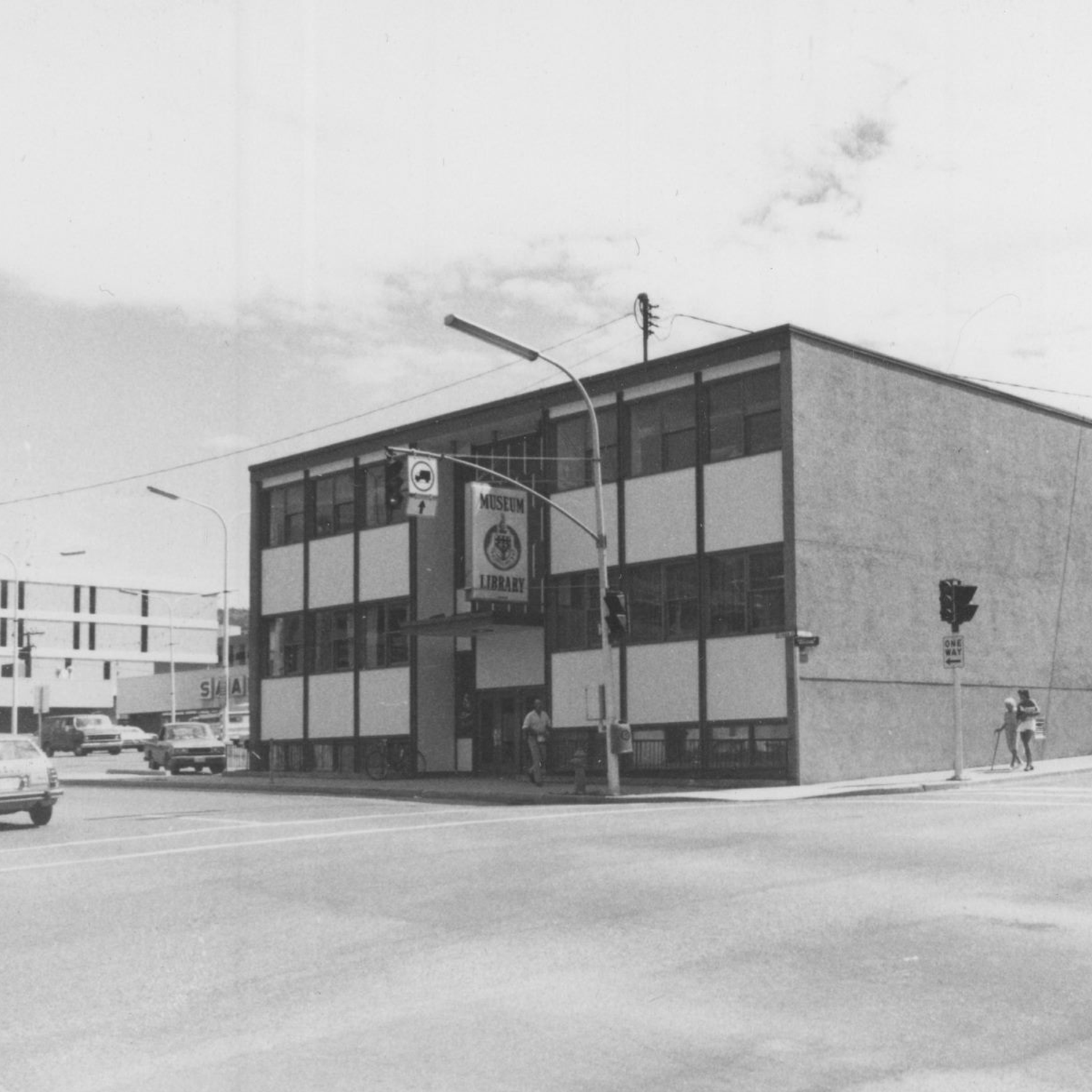


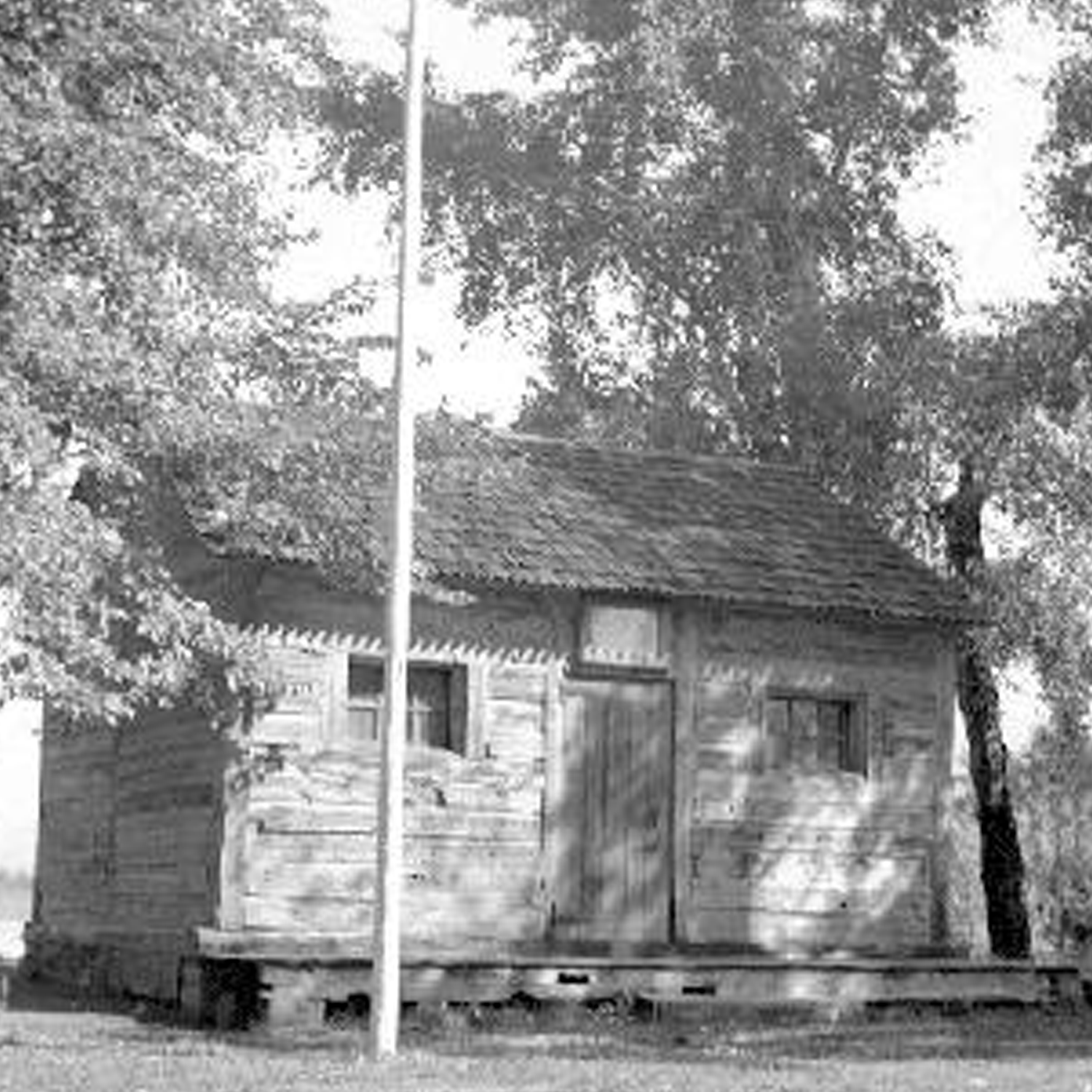
Did You Know?
This log cabin, originally Jean Baptiste Lolo’s (St. Paul) Hudson’s Bay Company cabin, was built in 1822 and transformed into Kamloops’ first museum in 1937.
The cabin is now a star attraction in our children’s museum!
Our Story
Questions and comments can be directed to the KMA’s general email address, [email protected] and will be appropriately routed from there.
The Kamloops Museum and Archives, which began in March 1936 as the Thompson Valley District Museum and Historical Association, has always focused on preserving the rich heritage of the region. The museum first opened its doors on July 1, 1937, in a log cabin originally built by the Hudson’s Bay Company and reassembled in Riverside Park.
From the start, the museum has been dedicated to keeping the area’s history alive. It began with a diverse collection that included photographs, bird and animal specimens, Indigenous artifacts, fur trade items, gold rush memorabilia, and pioneer materials.
Over time, the museum expanded and moved several times, each move representing progress in its mission.
1812 to Present Day
By 1957, the museum finally found a permanent home in a new building funded by the city at Seymour Street and Second Avenue. This building, which now houses the museum’s collections across three floors, not only reflects the museum’s growth but also underscores its ongoing commitment to Kamloops.
In 2007, when the Kamloops Museum Association was dissolved, and the museum came under the administration of the City of Kamloops.
Since then, the museum has actively expanded its collection of archival materials, including papers, maps, books, photographs, journals, and films, documenting the region’s history from the trade era starting in 1812 to the present day.
Furthermore, the museum also gathers materials from neighbouring towns that lack their own museums or archives. By doing so, the museum ensures that the area’s history is represented as comprehensively as possible.
More than a Repository
Today, the Kamloops Museum and Archives is not just a repository of history; it has also become a vibrant center for preserving and celebrating the area’s rich heritage and culture.
The museum offers engaging exhibits, educational programs, and community events, all thoughtfully designed to bridge the gap between the past and the present. Through these efforts, the museum helps people connect with their roots and gain a deeper appreciation for the present.

Julia Cyr
Museum Supervisor

Matt Macintosh
Museum Curator
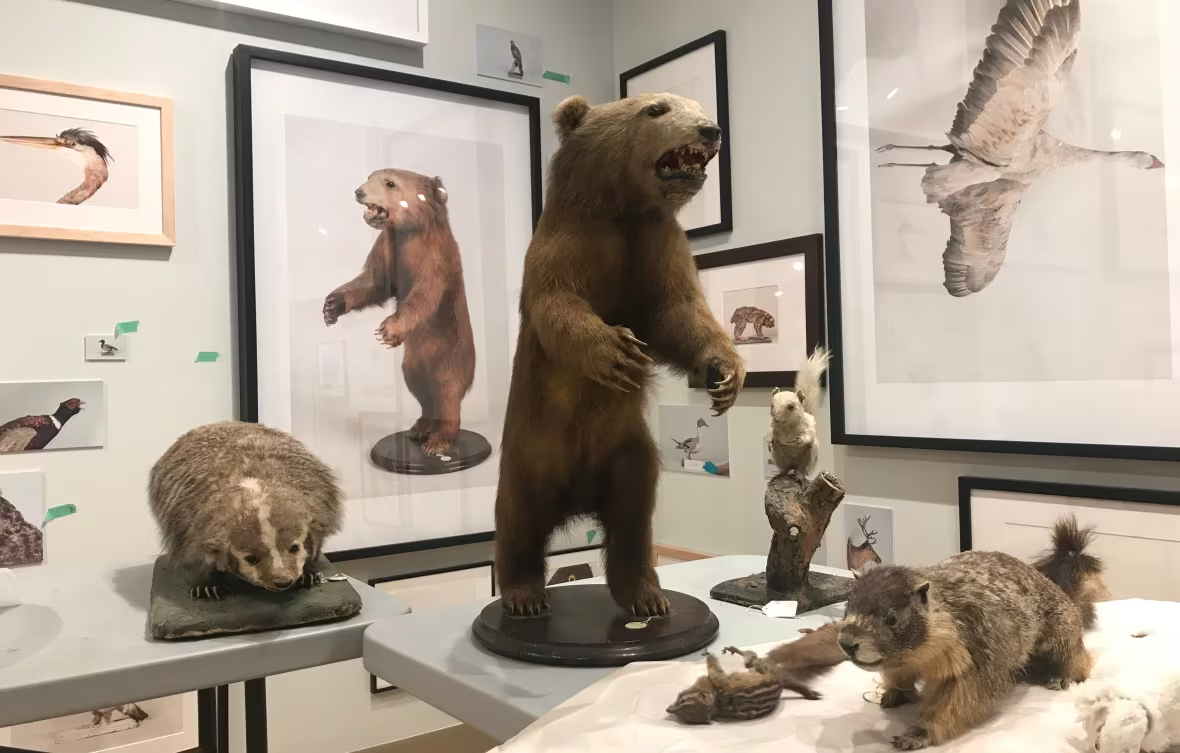
Meghan Stewart
Museum Educator

Mitchell Fridman
Archivist
